How to Setup a Bluetooth Soundbar
Setting up a Bluetooth soundbar to your TV is easier than it sounds. All you’ll need is the Bluetooth soundbar and another Bluetooth compatible device. No wires are needed with setup for any Bluetooth device. So long as your TV, laptop, tablet or any other device has Bluetooth connectivity, you can set your soundbar to output that device’s audio.
What is a Soundbar?
Soundbars are mostly known for making the audio in your devices much louder, like a special type of speaker. However, soundbars are much more than loudspeakers. They create better sound quality for your audio devices by adding extra clarity and subwoofers. Using a soundbar at home is like living in a movie theater.
A soundbar is also easy to set up so long as you know what to do. Setting up a soundbar without Bluetooth compatibility will be a little more tedious since you’ll have to connect all the HDMI inputs and outputs. However, if you’re just using Bluetooth, setup is a breeze. First, let’s make everything connective.
Activating Pairing Mode on Bluetooth Soundbar
Pairing mode allows your Bluetooth soundbar to connect to another Bluetooth device. Put simply, pairing mode turns on Bluetooth. You can activate pairing mode by pressing the Pair button with your soundbar’s remote controller.
If your soundbar has no remote or there is no Pair button on your remote, then press the Source button on the soundbar. Hold down the source button and the display should read either BLUETOOTH or BT. When the display changes to BT READY, press and hold the source button again until the display says BT PAIRING. You’re now in pairing mode and ready to connect the soundbar to a device.
Give DriverSupport | ONE a try today!Setting up a Bluetooth Soundbar to a Device
Whether you’re setting up a Bluetooth soundbar to your TV, tablet, laptop or something else, the instructions will be largely the same. For this example, we’re going to use an HP laptop with Windows 10. Many people like you will likely be setting up a Bluetooth soundbar to their TV. For any TV with Bluetooth connectivity, much of the process will be nearly identical.
If you have a desktop computer, you may need a bluetooth adapter. Make sure your computer has Bluetooth compatibility before trying to use a Bluetooth device.
- Find the Bluetooth Connection on Your Device
Using a laptop, there are two ways to find the Bluetooth connectivity. One way is to simply use the search function in the bottom toolbar or Start Menu.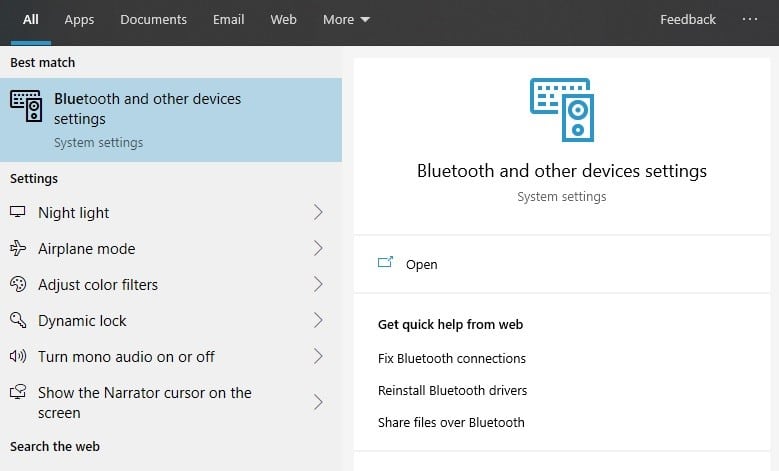
Instead of using the search function, you can go directly to the computer’s settings from the Start Menu.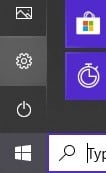
Click on the Windows Icon in the lower right-hand corner, then click on the gear icon to go to Windows Settings.
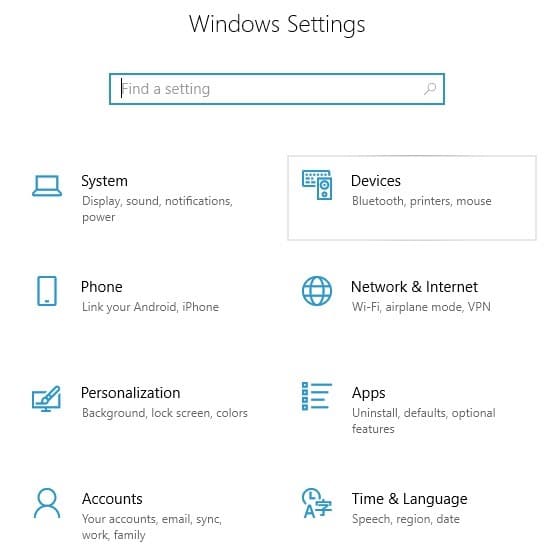
Other devices will have similar setting displays. You’ll want to find either the Bluetooth Settings, Audio Settings, or Device Settings. Just keep in mind that you’re looking for an option that’ll connect another device (the soundbar) to your current device (laptop, TV, etc.).Once you are in Windows Settings, click on Devices.
- Turn Bluetooth On
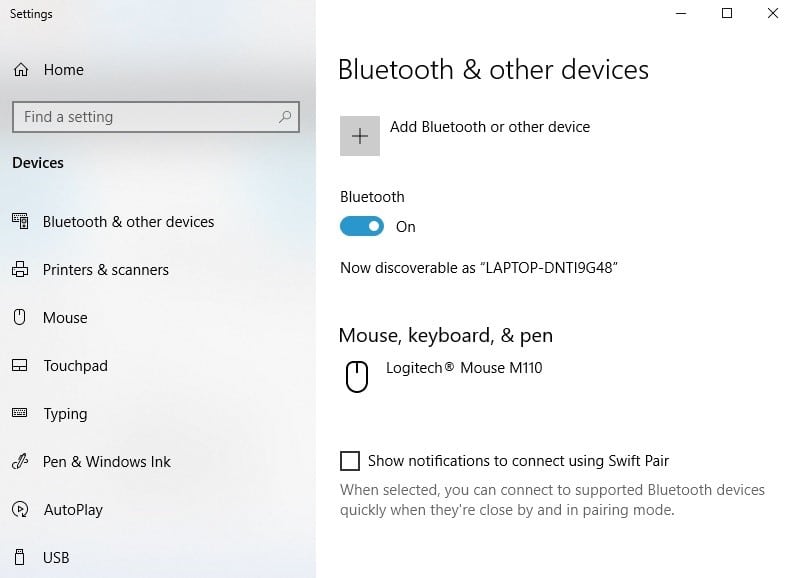
Once you’re in Device Settings, you’ll have to navigate to Bluetooth & Other Devices on a Windows 10 machine. This panel should automatically open when you click on Device Settings. In other devices, you may have to find the Bluetooth connection in the Device Settings.
When you’re in Bluetooth & Other Devices, you’ll have to make sure that Bluetooth is turned on. If Bluetooth is not on, this step is easily completed by just a click of a button.
- Add Soundbar as a Bluetooth Device

You’ll then be brought to the Add a device window.After you make sure your device can connect to other Bluetooth devices, it’s now time to connect your soundbar. First, click on Add Bluetooth or other device.
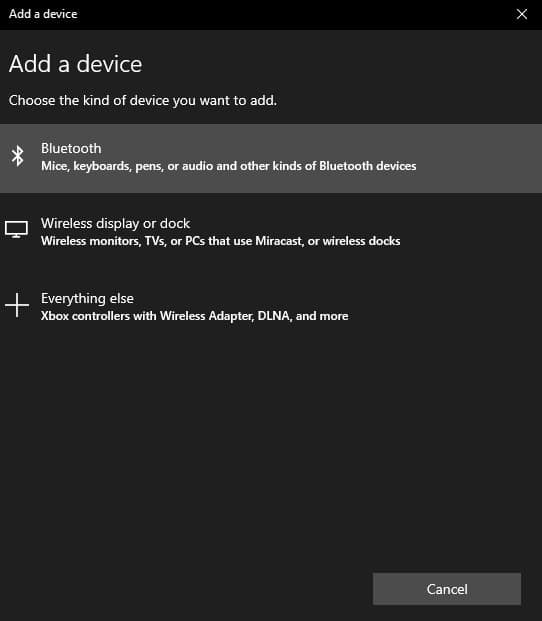
Search and Connect Soundbar few options should appear to connect various devices. In this instance, you should select the Bluetooth option.
When you click on Bluetooth, your device will search for other devices that also have a Bluetooth signal.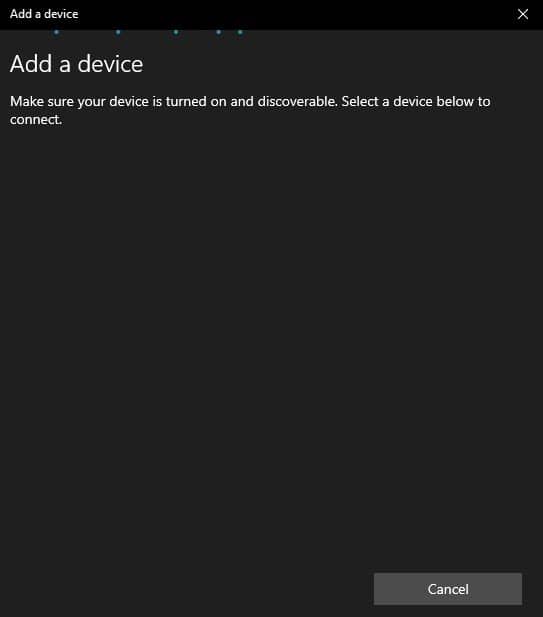
Once the device is done searching, a list of other devices with Bluetooth enabled will appear. Select your soundbar. Depending on the model and brand you own, this may appear as the word soundbar, as the soundbar’s brand name or even as a serial number.
Find Audio Settings
When you find the correct device, click on Connect. Your soundbar is now connected to your device. At this point, the device’s audio should output to the soundbar. If this isn’t happening, you’re going to have to change your Audio Settings.
On the Windows 10 device, go to the Windows Icon in the lower right-hand corner and click on the gear icon for Settings. You’ll be brought back to the Windows Settings window.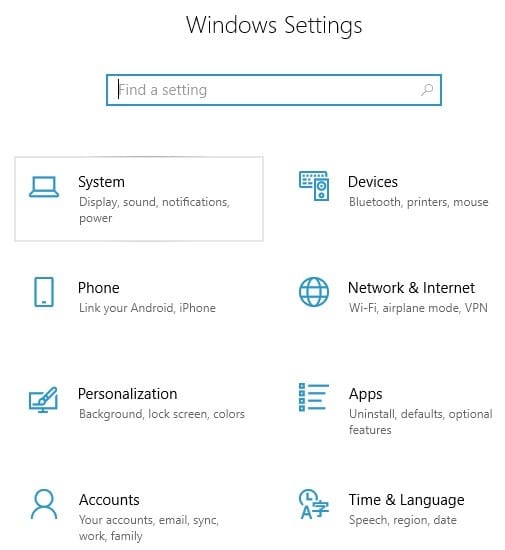
This time, you’re to select System. You’ll then be sent to the System Settings window. On the right-hand panel, select the Sound option.![]()
- Change Audio Output
You should now be in the Sound Settings window.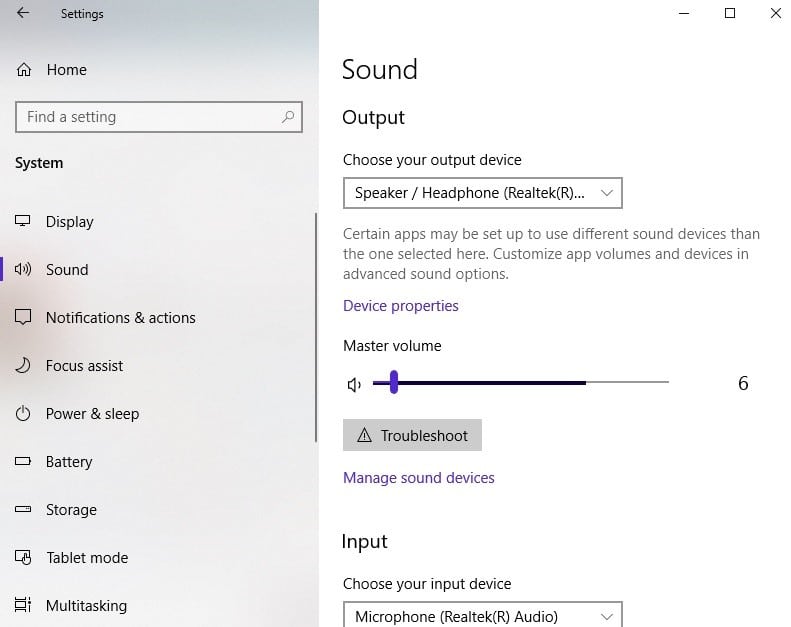
Here you’ll find various sections for audio output, audio input, advanced options, etc. Under the Output heading, there will be a drop-down menu.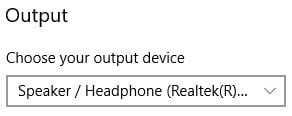
Use this menu to select your preferred audio output. In this case, select your soundbar that you just connected via Bluetooth.
Send Audio from the Soundbar to Other Devices
Congratulations! You’ve now successfully connected your Bluetooth soundbar to your device. While the examples here are in Windows 10, every Bluetooth capable device has many of the same features. Please keep in mind that connecting a device with Bluetooth and connecting a device with HDMI cables are two very different processes. In the end, Bluetooth is a lot easier.
Certain soundbars, particularly newer models, can act as a Bluetooth audio transmitter. So long as the soundbar is hooked up to something that can play audio, the soundbar can then send that audio to another device with Bluetooth installed, like headphones or speakers. This may seem like an unnecessary middleman at times, but the technique can come in handy when wanting to transmit TV audio into different speakers or even different rooms.
First, you’ll have to navigate to the Soundbar Menu then select Bluetooth Settings. Under Bluetooth Settings, change the mode to Transmitter. You then select which device you’d like to stream audio to from the Device List. Just like that, you’re done. This handy trick can take parties and home theaters alike to the next level.
Keep Devices up to Date
If you find problems after connecting your two Bluetooth devices to each other, there could be an issue with out of date technology. Keeping all your devices optimized and in peak performance can ensure that everything always works correctly. Otherwise, technology that’s out of date may not be able to connect with other devices properly. If you’re having trouble but already attempted some troubleshooting basics (like turning it off and on again), updating may be your best solution.
Congratulations on all your hard work getting to this moment. Without Bluetooth, setting up soundbars can be a real hassle. If you had to use HDMI cables, you could have either set up all external equipment (satellite box, gaming console, etc.) to your TV and then connected the TV to your soundbar or connected external equipment to the soundbar and outputted audio to the TV. Either way, a lot of wires are involved to get the job done.
With Bluetooth, we don’t have to worry about all the wires anymore. Simply activating Bluetooth on the devices is almost enough to get everything connected. Luckily, many modern devices work similarly across all platforms, so simply knowing the basics can help you set up anything with Bluetooth. Once you’ve finished setting up a Bluetooth soundbar to your TV or other devices, the sky’s the limit on what you can do next.
Driver Support has been boosting device performance since 1996. Driver Support doesn’t just keep devices and drivers up to date, but also provides technical support for common problems.
Give DriverSupport | ONE a try today! today and receive inventory of all device types and drivers connected to your computer. After registering their service, the program will ensure that everything’s up to date without you having to find each driver manually.

